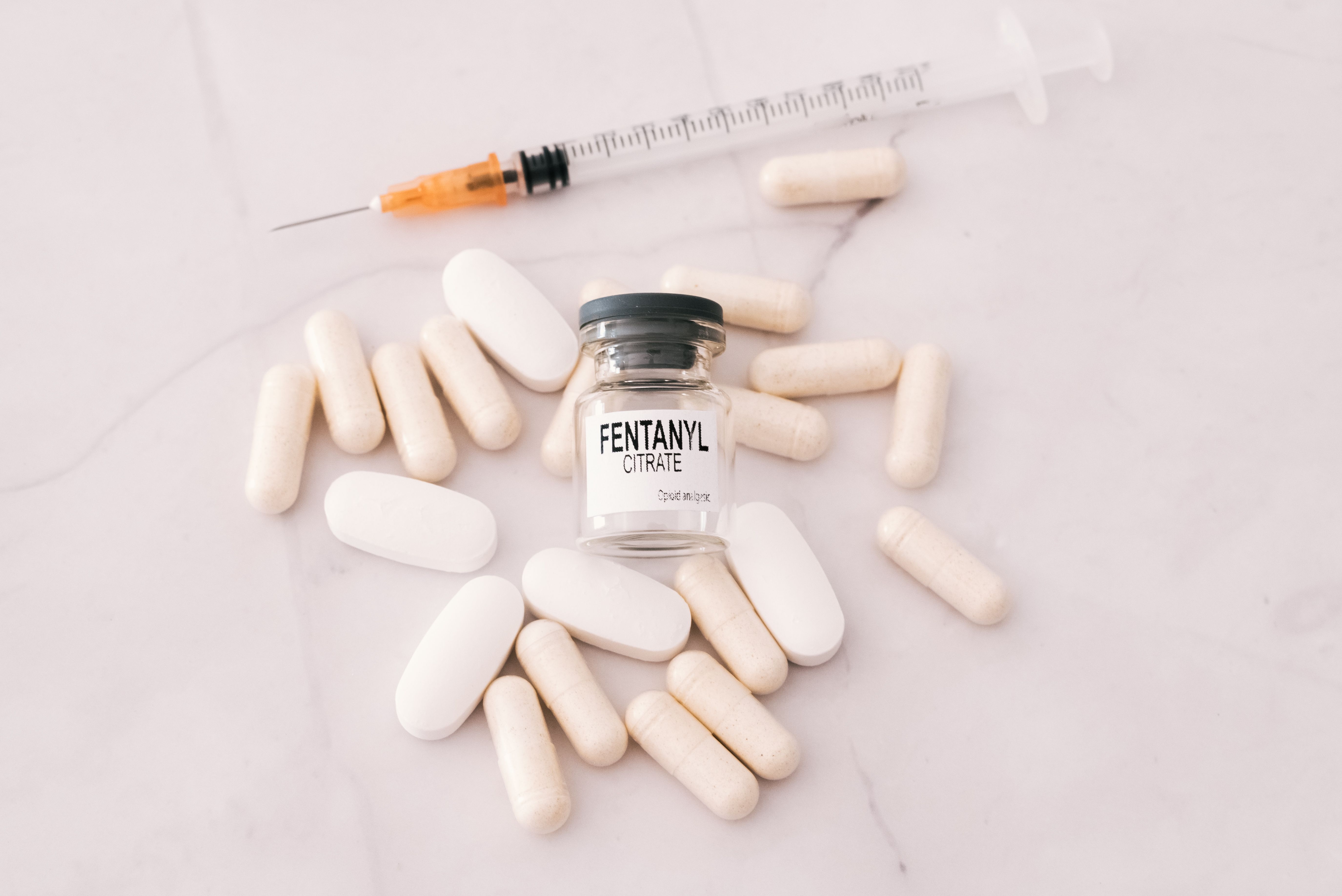News
Article
The drug overdose epidemic is getting worse
Author(s):
AMA report finds that drop in opioid prescriptions and increased naloxone availability have had little impact
A 13-year decline in opioid prescribing and wider availability of the overdose-reversing drug naloxone have not stemmed the epidemic of drug-related deaths in the U.S., according to a new report from the American Medical Association (AMA).
In its 2023 Overdose Epidemic Report, the association finds that opioid prescribing by physicians and other health professionals has fallen by nearly 50% since 2012, while naloxone dispensing has increased more than 200% since 2018.
In spite of these developments, 109,360 people died from drug overdoses in 2022, according to Centers for Disease Control and Prevention (CDC) data cited in the report. That represents a 1.8% increase from the 107,407 deaths recorded in 2021.
The increase in deaths in recent years has been due the spread of illegally manufactured drugs such as fentanyl, xylazine and other synthetic substances, the AMA says, adding that young people, Black and Brown people and pregnant people have been hit especially hard by the epidemic.
“The AMA remains focused on advocating for meaningful policy implementation and enforcement to support affordable, accessible, evidence-based care for patients with a substance use disorder as well as for patients with pain,” Bobby Mukkamala, M.D., chair of the AMA’s substance use and pain care task force said in a statement. “While we continue to study and address the underlying factors that contribute to substance use disorders, policymakers must look at additional, evidence-based harm reduction strategies to combat the skyrocketing number of overdoses.”
Mukkamala called on health insurers to “stop dragging their feet” on eliminating barriers to accessing addiction treatment and “do their part to end the epidemic.
The report outlines several strategies for reducing overdose deaths including:
- Increasing harm reduction resources such as naloxone, syringe services programs and fentanyl test strips, and stocking naloxone in schools, universities, and other public venues,
- Enacting legislation and taking regulatory steps to remove administrative and other barriers such as prior authorization, step therapy and dosage caps for medications to treat opioid use disorder, including dosage caps on buprenorphine,
- Better state enforcement of mental health and substance use disorder parity laws, and
- Eliminating punitive policies against pregnant individuals and parents who have a substance use disorder (SUD) while ensuring that incarcerated individuals with an SUD or mental illness receive evidence-based care while incarcerated, and are linked to care upon release.






